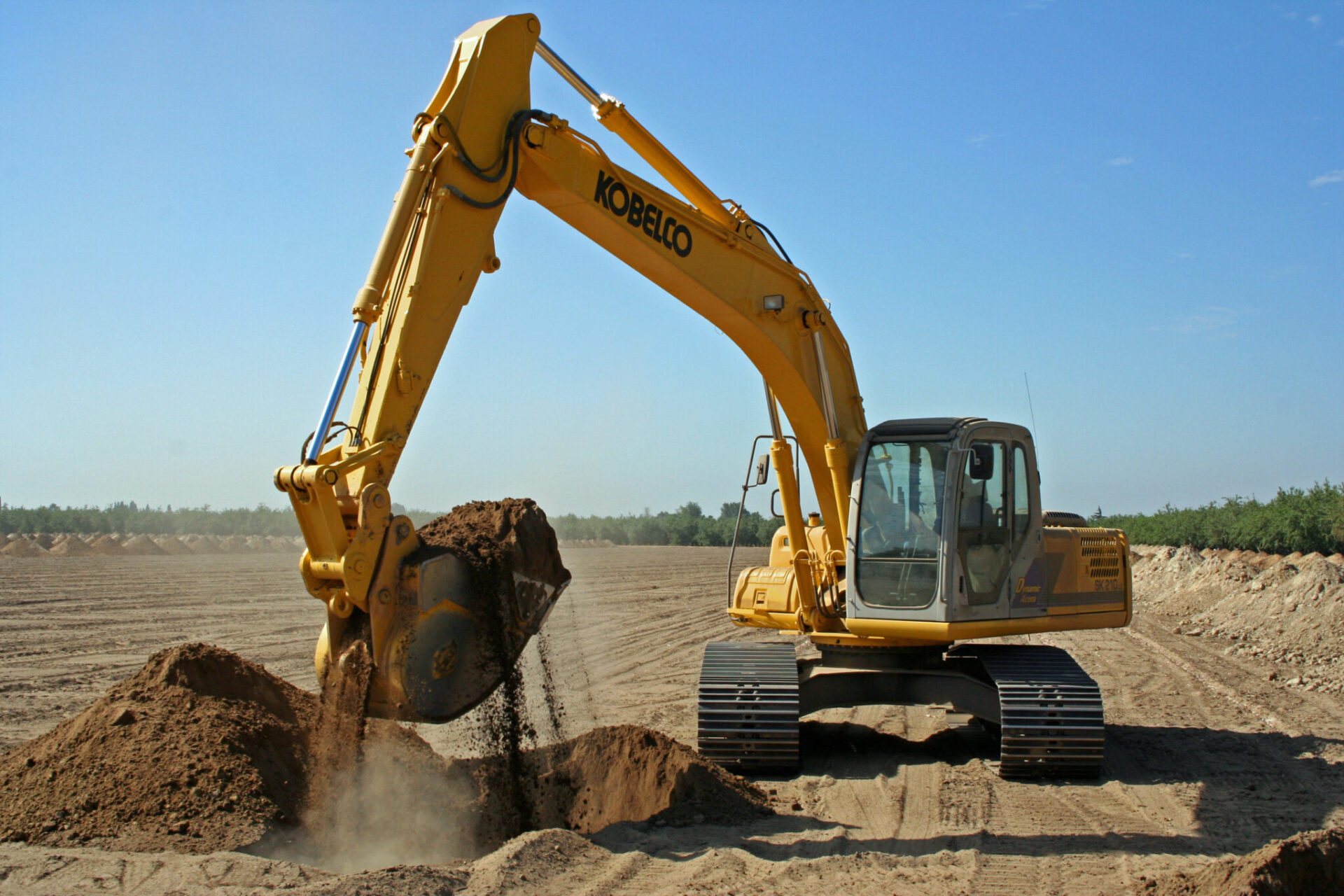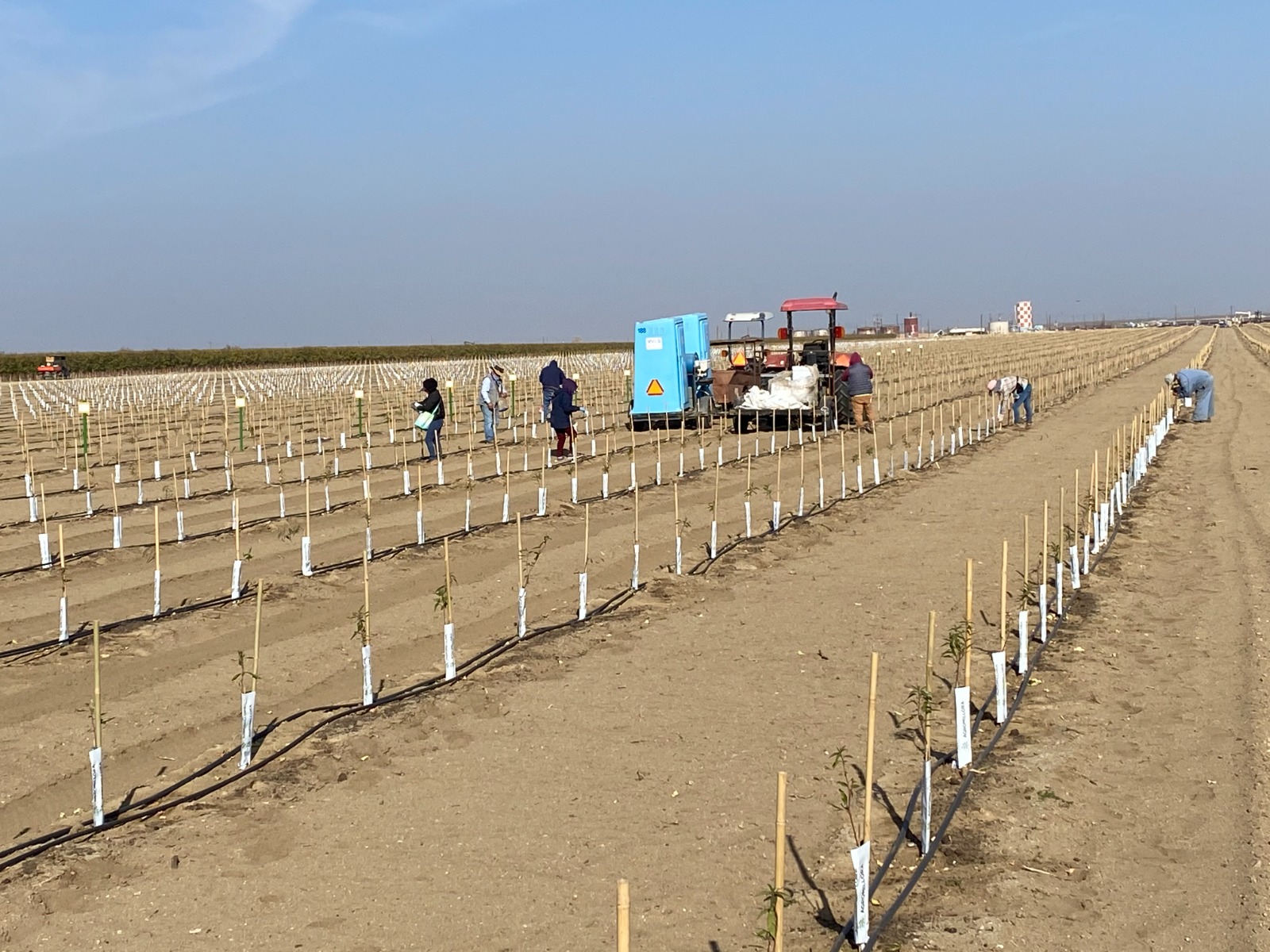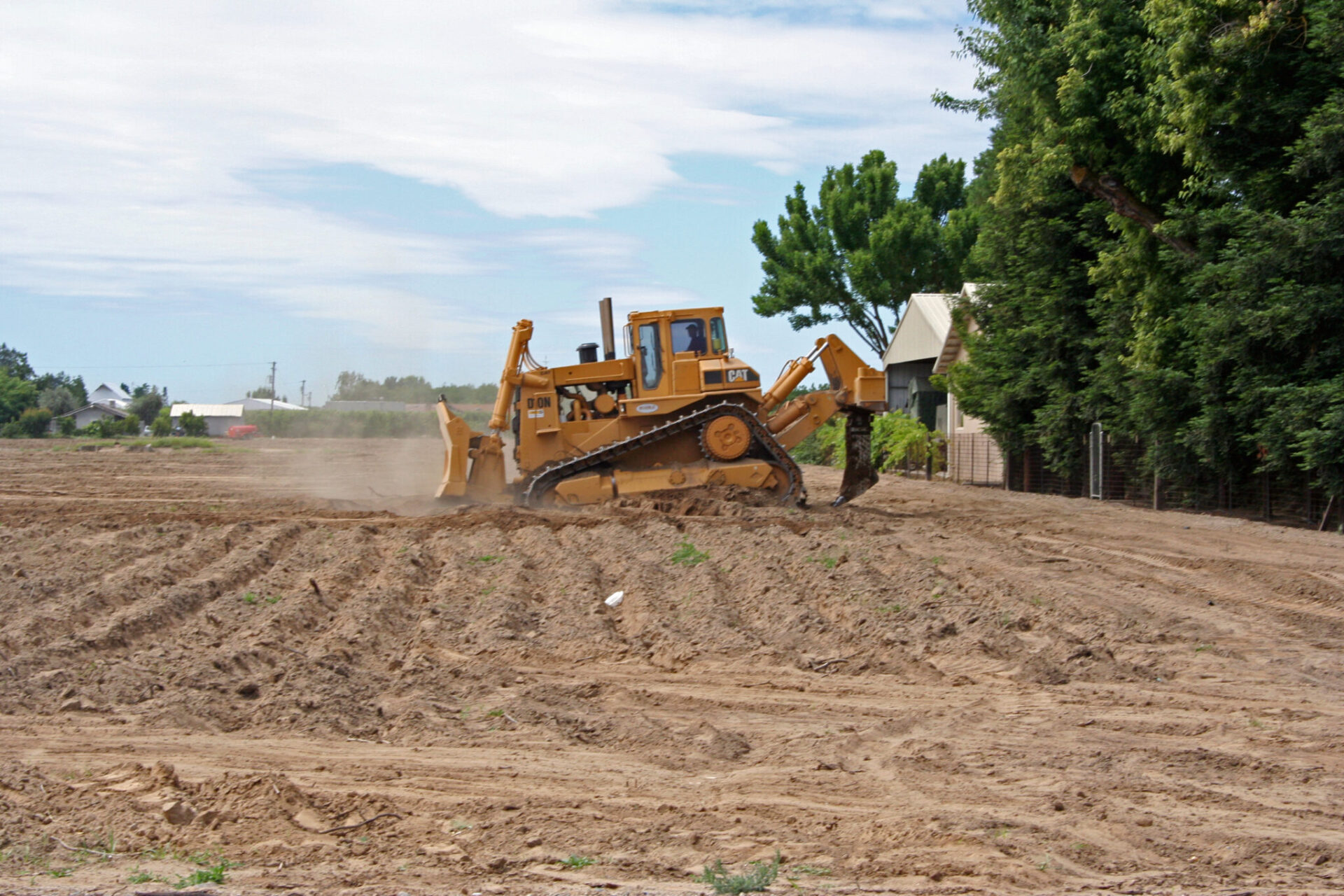
Low almond prices apparently are not deterring growers from replanting, even in the face of high tree costs, and, in fact may be pushing forward some plans, according to nursery executives.
Noah Tarry, market development specialist for Dave Wilson Nursery, said the Hickman-based operation is busier than ever as growers are embracing opportunities in improved orchard performance and setting aside concerns over replant costs.
“I don’t think I’ve talked to anybody who is really deterred by the cost of the trees,” Tarry said. “We continue to see orchards being removed at a good clip.”
“Growers are definitely pulling out their orchards,” said Cliff Beumel, president of Agromillora California. “Less productive orchards, old varieties are coming out left and right because the price is down and you no longer can justify them being in the ground. It costs more to farm it.
“You are definitely seeing an uptick in removal of orchards,” Beumel said.
Motivations for pulling out orchards vary, according to Roger Duncan, UCCE farm advisor in Stanislaus County, but often come down to economics. In many cases, low prices can provide an incentive to replant, particularly when orchards are past their prime.
“Growers have to take into consideration the trajectory of their yields,” Duncan said, “but if you are getting over $3 a pound and an orchard is producing 1,800 pounds per acre, it can still make sense to keep it in. If prices are $1.50, it probably doesn’t make sense to keep it in.”
A desire to switch varieties or revamp an irrigation system also can spur replacement plans. “There are a lot of things at play,” Duncan said. “You may want to change rootstocks. You may want to change spacing or your irrigation system. You may want to change varieties; all of those things come into play.”
Start Process Early
Regardless of why a grower chooses to replant, sources say it is important to start the process well before putting trees in the ground.
“As soon as you get an inkling that you are ready to start replanting, that is the time to call and chat with one of our field reps to get the ball rolling,” Tarry said. “You don’t want to wait until December, for example, to try and order bareroot trees for that same year. We aren’t going to have the sizes. We aren’t going to have the quantity you want.”
Soil and water sampling also should take place early in the process. And when testing soil, Duncan said, it is important to dig deep.
“I always suggest that folks sample down to a 5-foot depth at 12-inch or 18-inch increments,” Duncan said. “And do that in areas that are good and areas where you have some trouble spots.
“If you are only sampling the top foot or so, you really don’t get a good picture of what is happening beneath it. And there could be changes that have occurred through the years. You could have changes in pH, you could have areas where salt is accumulating below the rootzone. So, it is important to sample the deeper profile,” he said.
Soil sampling to a depth of 5 feet also can help determine if there is a need to physically modify the soil, modifications that can be critical to improving drainage, an important factor in the long-term health of an orchard.
“Even though you may be using drip and microsprinkler irrigation, it is very important to have good drainage well beyond the root zone,” Duncan said. “These physical modifications are really key to improving your future orchard performance.”

Rootstock Selection
A working knowledge of a soil’s composition and the presence or absence of any pests also is a critical factor in choosing rootstock appropriate for a site, Duncan said. “You want to choose rootstock based on any problems that you have identified at your site. If you have multiple problems, then it becomes more difficult, because then you have to find a rootstock that has a range of tolerance for different soil and biological problems.
“But then there are a lot of orchards that don’t have those problems,” Duncan said. “In that case, you might want to pick a rootstock that is a little more vigorous or a rootstock that has better root anchorage.”
In cases of high soil pH or high salt or alkali soils, peach almond hybrids like Hansen, Nickels, Brights Hybrid, Titan and Cornerstone have been shown to perform well, along with Viking and Empyrean 1, Duncan said.
In the case of poorly drained soils, Duncan noted that Nemaguard has not performed particularly well. Plum rootstocks, on the other hand, have been shown to be fairly tolerant to heavy soil.
In the case of heavy ring nematode pressure, growers should look for rootstock that is tolerant of the pest, Duncan said, such as Viking or Guardian, or maybe even Lovell. “And, of course, you would make the decision to fumigate as well.”
“There is always going to be something that you can’t solve with a rootstock,” Beumel said. “But you solve as many problems as you can with your rootstock choice.”
In cases where tree loss to Prunus replant disease (PRD) is a concern, fumigation is an option as well as use of anaerobic soil disinfestation (ASD), and a grower can always choose to fallow an orchard site. USDA-Agricultural Research Service Plant Pathologist Greg Browne said research has shown that in cases where PRD is impactful, its growth suppression can be reduced by roughly 50% for each additional year of fallowing after the removal of an old orchard. When doing so, however, a grower should weigh what Duncan referred to as the opportunity costs, or the cost of taking land out of production for a year.
Tree Spacing
When considering tree spacing, Duncan said growers should consider the expected vigor of a site. In general, he said he wouldn’t plant trees farther than 16 feet apart. Trees planted to size-controlling rootstock designed for dense spacing can be spaced as closely as 10 feet apart, according to Beumel, whose company specializes in super-high-density planting.
When removing an orchard, more and more growers are turning to whole orchard recycling, which involves incorporating the old orchard’s woody debris back into the soil, a practice Duncan characterizes as “one of the best ways to really make an impact on the organic matter in your soil.
“You can improve your soil’s organic matter, and there have been data showing that we can improve the fertility of the soil with this practice,” Duncan said. “The woody debris helps with water-holding capacity and nutrient retention.”
As for whether to go with bareroot trees or potted plants, Duncan said both alternatives are viable. If planting bareroot trees, Duncan advised growers to complete their preplant soil modifications and any fumigation applications as early as possible in the fall with the goal of planting trees in January or February.
“If the field is not ready in time or wet weather prevents timely planting, it may be best to place trees in cold storage until more favorable field conditions exist,” he said.
Potted plants work well if planted in the spring or fall, Duncan said.











